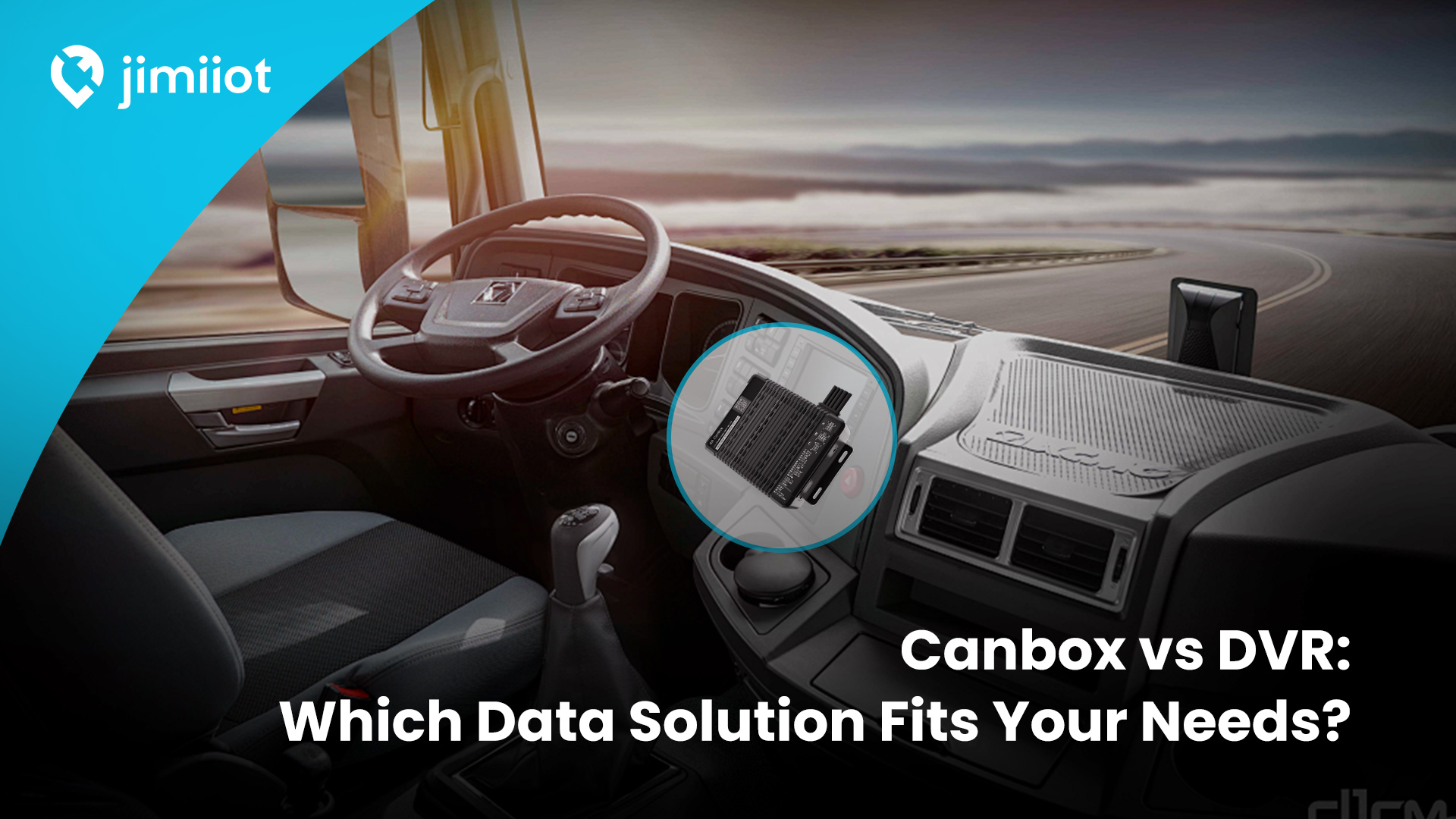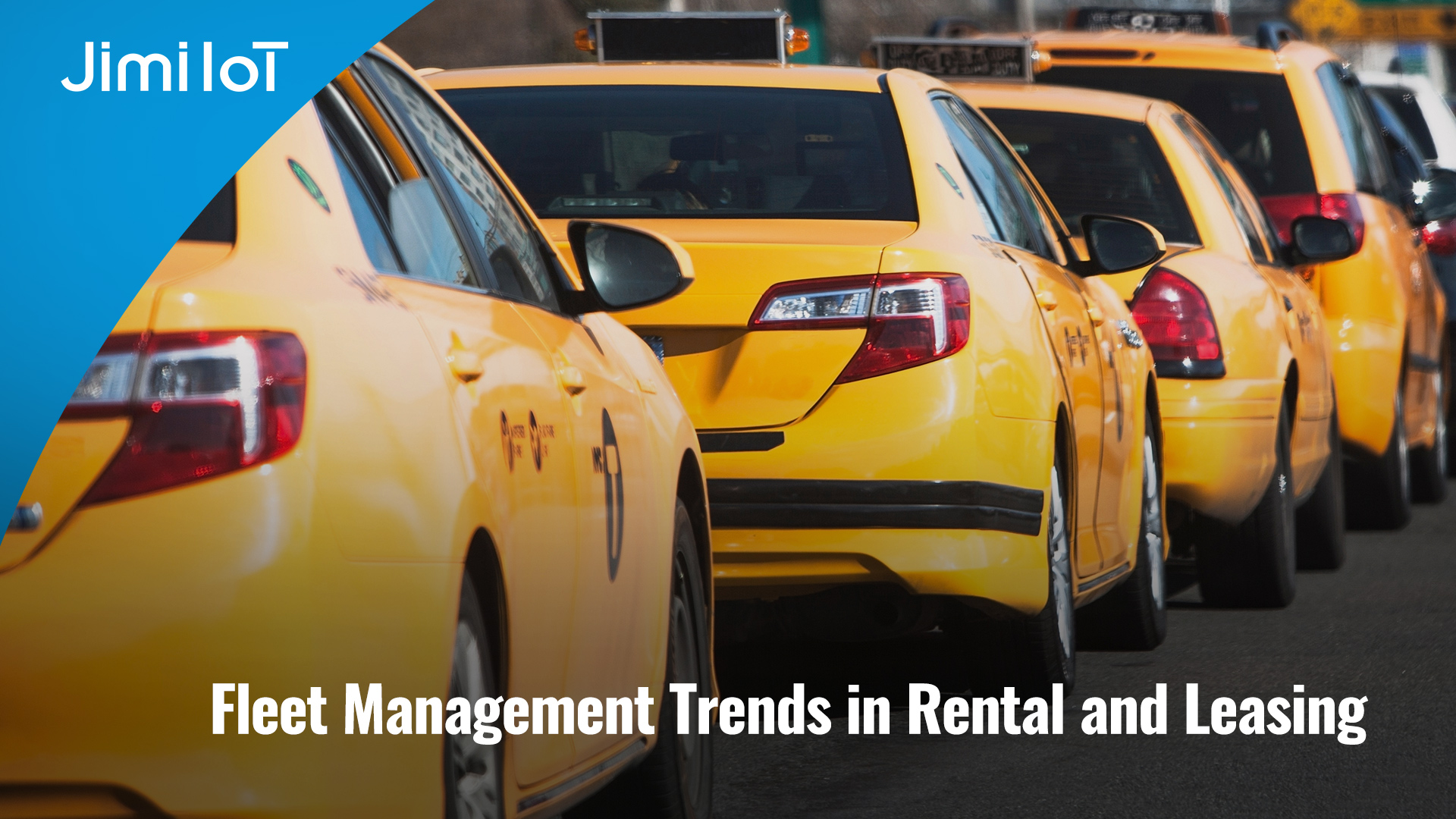Overview of Canbox and DVR
In today’s rapidly evolving tech landscape, Canbox vs DVR Technology has become a critical topic for businesses evaluating modern data storage and video surveillance solutions. These two systems represent distinct approaches in how industries manage video and sensor data for operational efficiency.

- DVR (Digital Video Recorder): Primarily used for video surveillance systems, DVRs are devices that record video signals from analog or digital cameras. Traditionally, DVRs are a part of security systems, providing storage for video footage, which can be retrieved for analysis or security purposes. The main focus of DVR technology is video recording and playback, generally tied to security operations in both residential and commercial setups.
- Canbox: Although less commonly known as a standalone term, “Canbox” in some cases refers to advanced video processing and recording systems, usually linked to modern technologies like CAN Bus communication systems. This solution is built to cater to the data management needs of industries that require rugged and high-performance recording devices, typically in automotive, aerospace, and industrial sectors. Canbox integrates seamlessly with various sensor systems and networked environments to handle real-time data processing, making it a powerful tool for industries that need both video and data storage/analysis capabilities.
Key Differences Between Canbox and DVR
- Technology and Integration:
- DVR: Primarily used for video surveillance and security, DVRs work with traditional CCTV setups. They are mostly standalone devices with limited integration capabilities. DVRs focus primarily on video storage and playback, with minimal support for other data or sensor systems.
- Canbox: In contrast, Canbox is more advanced in terms of integration. It leverages CAN Bus technology (Controller Area Network) for communication, allowing it to interact with various industrial systems, sensors, and even vehicles. It offers real-time data processing, not just video storage, making it more versatile for complex applications beyond video surveillance, such as in autonomous driving systems or machine learning frameworks.
- Target Market and Application:
- DVR: DVR systems are primarily used in security and surveillance industries. They are ideal for setups where video recording is the main objective, such as monitoring public spaces, warehouses, or office buildings. DVRs are optimized for security use cases and work best with systems where video footage is the primary data point.
- Canbox: Canbox caters to industries with more demanding and diverse needs, including automotive, aerospace, and industrial manufacturing. Canbox systems are used in environments that require not only video surveillance but also the ability to manage sensor data, monitor systems, and integrate with a larger network of devices. These capabilities make Canbox ideal for automated systems, vehicle telematics, and other IoT-based solutions.
- Data Handling and Storage:
- DVR: Storage in DVR systems typically revolves around video data, with limited processing of other types of data. The storage media often includes HDDs or SSDs optimized for video writing speed, but the data handling is relatively basic.
- Canbox: On the other hand, Canbox is designed for more sophisticated data management, handling not only video footage but also integrating with various sensors (e.g., GPS, motion, temperature sensors) and processing this data in real-time. This allows for advanced analytics and the ability to integrate data from various sources into a unified framework, which is especially useful in industries like autonomous vehicles, heavy machinery, and smart cities.
- Scalability and Flexibility:
- DVR: While DVR systems offer flexibility in terms of the number of cameras they can support, they are usually limited in their scalability when it comes to data integration or expansion into other systems.
- Canbox: One of the key advantages of Canbox is its scalability. The system can easily expand and integrate with additional devices, including a wide range of sensors and cameras, making it more adaptable to dynamic and evolving industry needs. Canbox also supports multiple data types and allows seamless updates to accommodate future technology advancements, especially in machine learning and edge computing.
Pain Points Addressed by Canbox
Clients in industries such as automotive, transportation, and industrial systems often face several pain points when using traditional surveillance or video recording technologies:
- Limited Integration with Other Systems: Traditional DVR systems offer siloed solutions, unable to integrate effectively with other monitoring and management tools, leading to inefficiencies and increased operational complexity.
- Lack of Real-Time Processing: Many industries, especially those working with automated machinery or autonomous vehicles, require systems that not only store data but also process it in real-time to enable faster decision-making.
- Data Storage and Scalability Issues: As data volumes grow exponentially with IoT devices and high-definition video feeds, DVR systems often struggle with handling large-scale, multi-source data. This can create bottlenecks in data flow and storage.
- Inability to Adapt to Emerging Technologies: With the rapid advancement of AI, edge computing, and real-time analytics, traditional DVR systems are falling behind in offering the flexibility and processing power required to stay competitive.
The JC451 Solution
Enter JC451, a sophisticated solution that directly addresses the aforementioned pain points. Designed as part of the Canbox ecosystem, the JC451 is an advanced device that integrates video management with real-time data processing capabilities. It offers the following advantages:
- Seamless Integration: The JC451 seamlessly integrates with various sensors, cameras, and other networked devices, allowing it to act as a hub for real-time data collection, processing, and analytics.
- Enhanced Scalability: Whether used in a small fleet of autonomous vehicles or a large industrial setup, the JC451 scales effortlessly, adapting to increasing data loads and expanding systems.
- Robust Data Processing: The JC451 features powerful edge computing capabilities, enabling on-site processing and immediate decision-making, which is especially valuable for industries requiring low-latency responses.
- Future-Proof Technology: The system is designed with future technologies in mind, offering easy upgrades and compatibility with emerging industry standards, such as AI and machine learning frameworks.
In summary, Canbox stands as a clear advancement over traditional DVR systems, offering a more holistic, scalable, and flexible solution to meet the complex demands of industries that require more than just basic video surveillance. The JC451, as part of this ecosystem, is poised to help businesses achieve greater efficiency, reliability, and innovation in data processing and video management.
Why JimiIoT
JimiIoT is a global leader in innovative IoT solutions. We provide cutting-edge hardware and software tailored to enhance efficiency and connectivity. Our range of products includes advanced GPS tracking devices, asset management solutions, smart vehicle dashcams, and telematics platforms. With a focus on technological excellence and customer satisfaction, we empower businesses to optimize operations and gain valuable insights from data-driven analytics. Trust JimiIoT to drive positive change and unlock growth opportunities in the digital age.
If you would like more details, please visit Facebook, LinkedIn, INS, and Twitter pages for further information.
